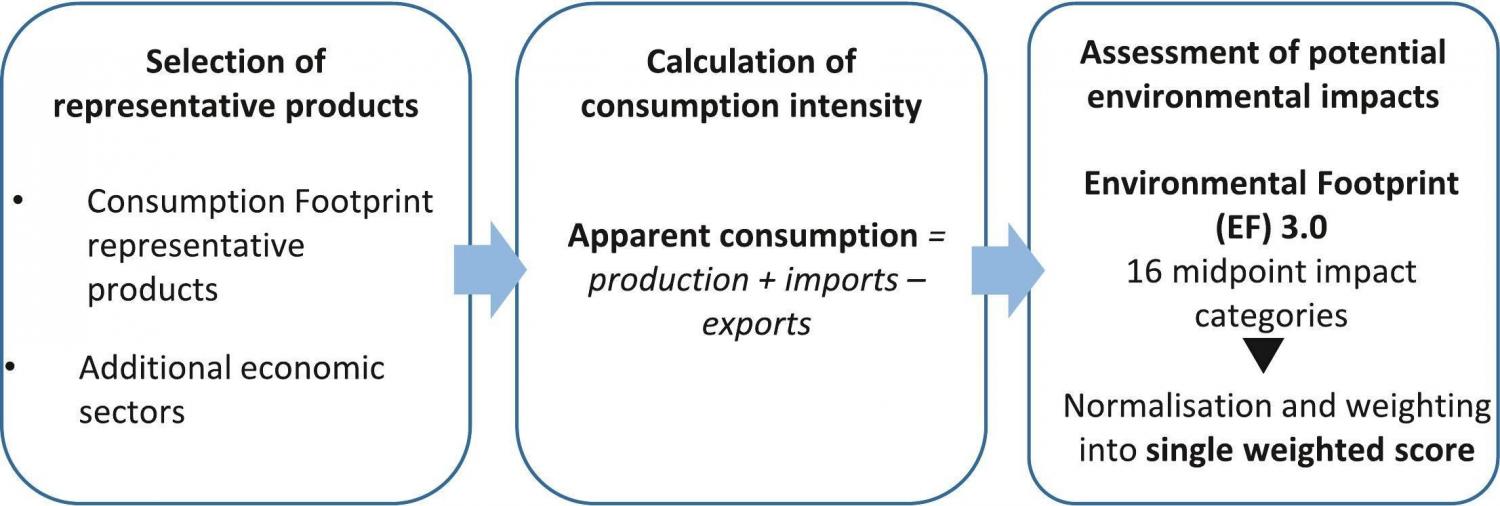
From an environmental perspective, the transition from a fossil to a bio-based economy may underpin some trade-offs associated to the environmental impacts of bio-based supply chains and, there is thus a need to have an effective monitoring system. The goal of this paper is to develop a Life Cycle Assessment-based Bioeconomy Footprint to assess and monitor along time the environmental impacts of the EU bioeconomy. The composition of the Bioeconomy Footprint was defined in two steps: (a) defining the sectors to be included, and (b) selecting the representative products per sector; resulting in the inclusion of 76 representative final products covering eight bio-economy sectors. The overall impact is quantified based on the consumption intensity and the environmental impacts of the life cycle of each representative product. The EU Bioeconomy Footprint has increased by +23 % between 2010 and 2020, which can only partly be explained by the increase of population (+1–2 %). Food consumption has the highest share of the total impacts, 83–85 % across the years, followed by bioenergy (9–10 % of total impacts), while other sectors show a limited contribution to the overall impacts. However, further developments are needed to improve the current coverage of some sectors, e.g. non-food agriculture, and bio-based chemicals, pharmaceutical, plastic and rubber sector. Potential monitoring indicators based on the Bioeconomy Footprint are proposed as basis for the EU Bioeconomy Monitoring System, including approaches from time trends to an absolute assessment against the planetary boundaries.
